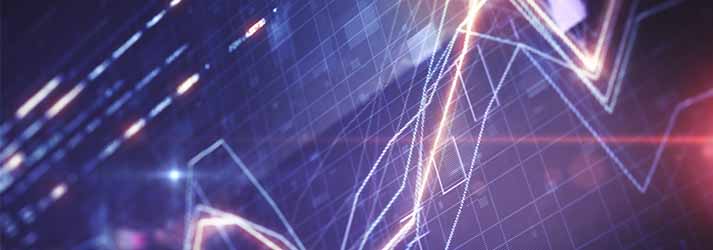It is widely believed that a low rate of unemployment and high rate of inflation are key signs of a healthy economy. While this may be the case, these characteristics are also the ones that are most likely to be observed at the very top of an economic cycle. Unemployment and inflation are key metrics monitored by the Federal Reserve (Fed) and very positive readings can limit its room for manoeuvre at critical points in the economic cycle. This month, we will look at the current rates of inflation and unemployment in the US economy, a key driver of the world economy, and examine what these metrics tell us regarding the chance of an upcoming recession.
- A low rate of unemployment and high rate of inflation are key historical indicators of an upcoming recession
- The current rate of US unemployment of 4.4% is low by historical standards, below what the Fed regards as the natural rate, and signals a high chance of recession
- The current rate of US inflation of 1.5% is also low by historical standards and signals a low chance of recession
The Rate of Unemployment
The first metric we will analyse is the level of unemployment. The chart below shows the unemployment rate for the US market over the last 30 years, which covers 3 economic cycles. There are 3 recessions shown in the chart by grey bands: one in the early 1990’s, the tech stock bust of the early 2000’s and the great recession of 2009. On each occasion, unemployment bottomed before the recession. This makes sense when trying to understand Fed policy, as they are likely to tightened policy when unemployment is low, but remain accommodative when unemployment is high.
The current unemployment rate of 4.4% is low by historical standards, although it is slightly higher than at the start of the early 2000’s recession. The Fed estimates that the natural rate of unemployment is 4.7%. With the current rate of unemployment below the natural rate, this is a warning sign that a recession is likely.
The Rate of Inflation
The other key element that shapes Fed policy is the rate of inflation. In 2012, the Fed announced that a rate of inflation of 2% was consistent with its long-term goals. Before then it did not have a formal inflation target, but control of inflation was always monitored closely as a key metric. The graph below shows the Fed’s PCE (Personal Consumption Expenditure) measure of inflation over the last 30 years.
The prior three recessions have all been associated with highs in the rate of inflation. All the peaks have been at different levels, reflecting the Fed’s less formal inflation targeting of the past. High inflation rates are warning signs of an impending recession, as the scope for the Fed to loosen monetary policy is reduced at these times.
The adoption of the 2% target suggests that there will be less tolerance of moves above this level in the future. In terms of the current situation, we see that inflation is on the decline and below the 2% target of the Fed. The implication is that the current rate of inflation, as measured by the PCE indicator, does not suggest an imminent recession is likely.
Conclusion
Two key indicators of a recession are the rate of unemployment and the rate of inflation, which are watched closely by the Fed and are drivers of monetary policy. When unemployment is low and inflation high, market participants realise that the scope for Fed loosening is limited. Any market shocks during this period can lead to steep falls in investor sentiment, as no monetary lifeline is likely to be forthcoming.
Analysis of the current levels of unemployment and inflation suggests we are not on the verge of a new crisis yet. While the rates of unemployment are extremely low and below what the Fed consider the natural rate, inflation rates are on the decline and below those which have triggered a crisis in the past. In summary, the data suggests that while this cycle is in a very mature phase, the end has not yet been reached.
-
Chris Riley
RSMR
August 2017















